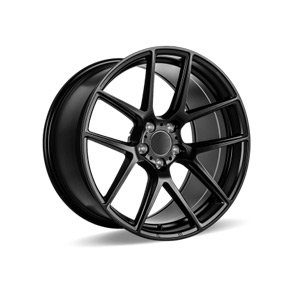throttle body cable
Understanding Throttle Body Cables Their Importance and Functionality
The throttle body is a crucial component of an internal combustion engine, as it controls the amount of air entering the engine's combustion chamber. When the driver presses the accelerator pedal, it adjusts the throttle position, allowing more air into the engine—resulting in increased power and speed. The throttle body cable, therefore, plays a vital role in this process, connecting the accelerator pedal to the throttle body itself.
What is a Throttle Body Cable?
The throttle body cable is a mechanical wire that links the accelerator pedal to the throttle body, which houses the butterfly valve that manages airflow. When the accelerator pedal is pressed, the cable pulls the throttle plate open, allowing more air to enter the engine, facilitating combustion. This interaction makes driving smoother and gives responsiveness to the vehicle’s acceleration.
The Mechanics of a Throttle Body Cable
In a traditional cable-operated system, the throttle body cable consists of a flexible cable attached to the accelerator pedal on one end and the throttle body on the other. The cable has a metal core encased in a protective sheath, which allows for smooth movement without friction. When the accelerator pedal is depressed, the cable pulls the throttle plate open, and when the pedal is released, a return spring closes the throttle plate. This system is simple yet effective and was commonly used before the advent of electronic throttle control (ETC).
Types of Throttle Body Controls
throttle body cable

In modern vehicles, many manufacturers have adopted electronic throttle control systems. In these systems, instead of a mechanical cable, the accelerator pedal is equipped with sensors that send signals to the engine control unit (ECU). The ECU then determines how much to open the throttle body electronically, which can offer greater accuracy and efficiency. However, there are still many vehicles on the road with traditional throttle body cables, making it essential to understand their function and maintenance needs.
Common Issues with Throttle Body Cables
Like all mechanical components, throttle body cables can wear out over time. Common issues include fraying, kinks, or complete breakage of the cable. Symptoms of a failing throttle body cable may include erratic acceleration, an unresponsive accelerator pedal, or a throttle that sticks in either the open or closed position. These issues can significantly affect driving safety and performance, so addressing them quickly is crucial.
Maintenance and Replacement
To ensure the proper functioning of a throttle body cable, regular maintenance checks are advisable. Inspecting the cable for signs of wear, such as fraying or corrosion, can help prevent sudden failures. Additionally, lubricating the cable can reduce friction and prolong its lifespan. If a throttle body cable is found to be faulty, replacement is often straightforward. It typically involves disconnecting the cable from the accelerator pedal and the throttle body and installing a new one in its place.
Conclusion
The throttle body cable may be a simple component in the complex machinery of an automobile, but its function is indispensable. Understanding its role helps drivers appreciate the nuances of vehicle operation. Whether you have an older vehicle with a traditional cable system or a modern vehicle with electronic controls, recognizing the importance of the throttle body and its cable can enhance your driving experience. Regular maintenance is key to ensuring this critical system performs flawlessly, allowing for a smooth, safe ride. If any issues arise, it is always wise to consult a professional mechanic to avoid potential complications on the road.
-
Workings of Clutch Pipe and Hose SystemsNewsJun.04,2025
-
The Inner Workings of Hand Brake Cable SystemsNewsJun.04,2025
-
The Secrets of Throttle and Accelerator CablesNewsJun.04,2025
-
The Hidden Lifeline of Your Transmission Gear Shift CablesNewsJun.04,2025
-
Demystifying Gear Cables and Shift LinkagesNewsJun.04,2025
-
Decoding Clutch Line Systems A Comprehensive GuideNewsJun.04,2025
